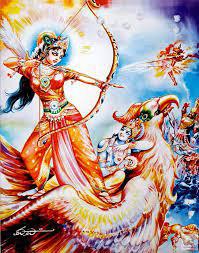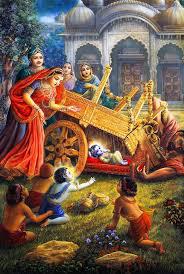The ritual of Abhyanga snan on Naraka Chaturdashi!
In Hindu tradition, Krishna is said to have taken an oil bath (Abhyanga Snana) immediately after slaying the demon Narakasura to cleanse himself of the blood and grime of battle, symbolizing purification and the triumph of dharma over adharma; this act is re-enacted as the early-morning oil bath on Naraka Chaturdashi/Choti Diwali in many parts of India.
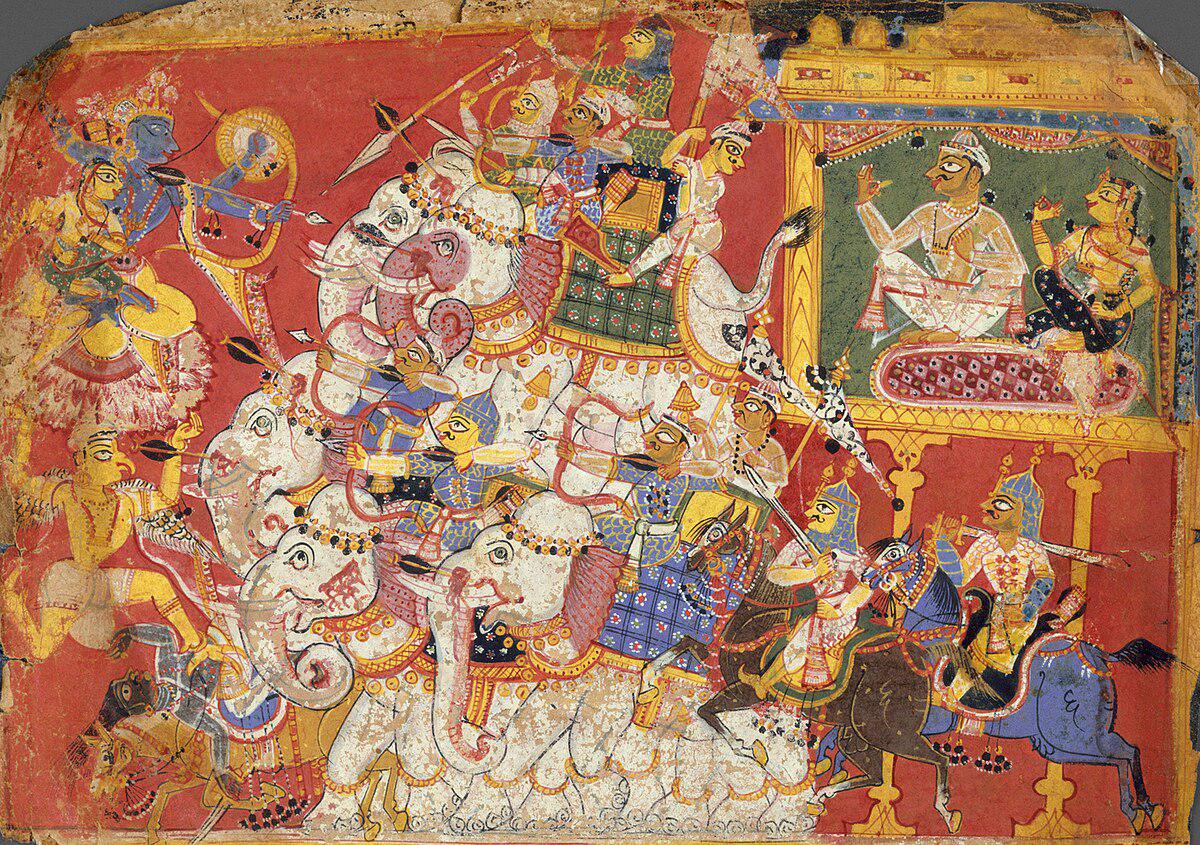
Narakasura was a cruel demon king who had conquered heaven and stolen the precious, glowing earrings of Aditi, who is the mother goddess of the devas.This act of insolence was a major transgression against the divine order.The demon also held 16,000 princesses captive in his palace where he tortured them.
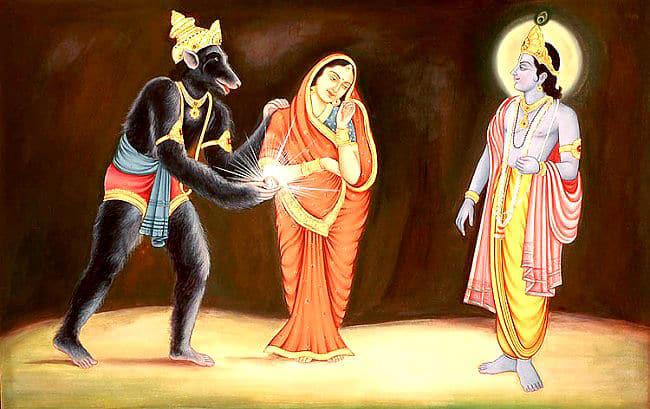
Narakasura had obtained a boon that he could only be killed by his mother. Satyabhama was the beautiful, determined and courageous queen consort of Lord Krishna. She was one of his eight principal wives, known as the Ashta Bharya, and is considered an incarnation of Bhumi Devi, the Earth Goddess.
When Aditi approached Satyabhama for help, she agreed and Krishna went to battle with Satyabhama to restore righteousness and free the captive women. Satyabhama killed Narakasura because he could only be killed by his mother, Bhudevi, who was incarnated as Satyabhama and Krishna facilitated this by becoming her charioteer and feigning unconsciousness during battle, prompting Satyabhama to deliver the final, fatal blow.
The Killing of Narakasura restored order; before dying,a repentant Narakasura is believed to have asked that his death be marked with joy and lights, linking the event with Diwali observances. The ritual represents washing away impurity, negativity, and misfortune, preparing oneself for the auspiciousness and prosperity associated with the Diwali period.
After the battle, traditions hold that Krishna returned before dawn and was massaged with fragrant oils and bathed, which devotees emulate as part of festival rites.The oil bath is understood as both physical cleansing and a symbolic shedding of inner impurities like anger and pride, aligning the devotee with renewal and auspiciousness. In southern India especially, Abhyanga Snana at daybreak on Naraka Chaturdashi is observed as a memorial of Krishna’s post-battle purification and as a prayer for protection and prosperity.
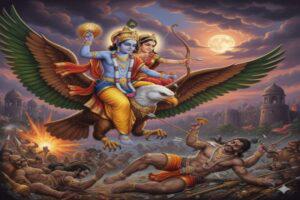
People wake before sunrise, apply sesame oil often infused with herbs and turmeric on head and body, and then bathe, signifying removal of impurity and misfortune. In Ayurveda, sesame oil is often the oil of choice for abhyanga and oil baths because of its ability to pacify vata dosha and promote calmness.
The practice is commonly paired with lighting lamps and festive joy, reflecting Narakasura’s boon that his end be celebrated with lights and happiness. Krishna’s oil bath after killing Narakasura conveys the ethic that even righteous violence requires ritual purification, which devotees mirror through Abhyanga Snana to begin Diwali cleansed in body and mind and ready for auspicious prosperity.
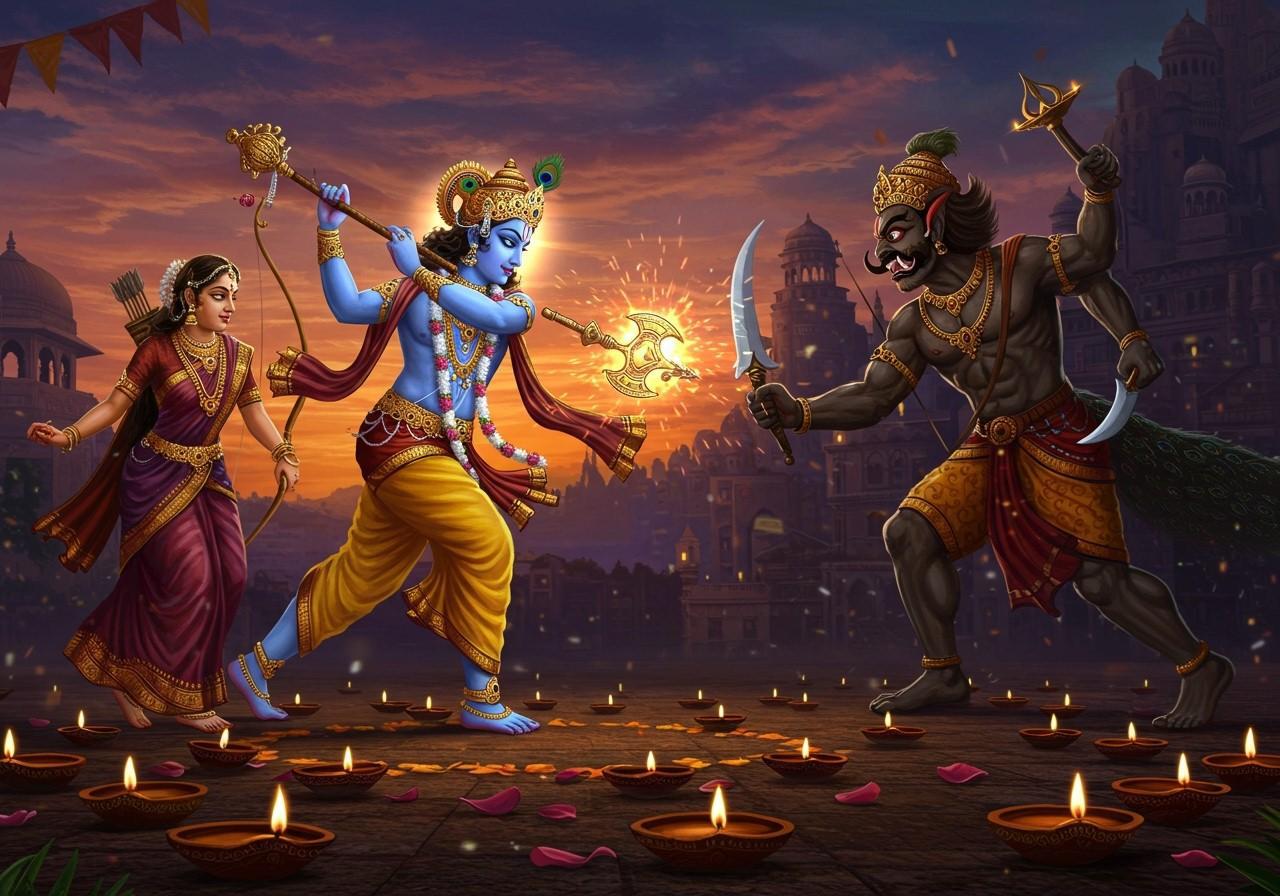
In Goa paper-made effigies of Narakasura, are burnt early morning and people return home to take a scented oil bath. Lamps are lit in a line. The women of the house perform aarti for the men, gifts are exchanged, a bitter berry (kareet) is crushed under the feet in token of killing Narakasura, symbolising the removal of evil and ignorance. Tamil Nadu traditionally celebrates Deepavali Bhogi on Naraka Chathurdasi, while the rest of India celebrates it on the new moon night (Amavasya), which is the next day.
The 'Narakasura' story reminds us to make a conscious choice in life instead of waiting till the very end like Narakausra to realise our mistakes and wrong doings.The difference between SriKrishna and Naraka is thatOne gets worshipped as a God, the other dies an ignominious end as a demon.
Comments (4)




